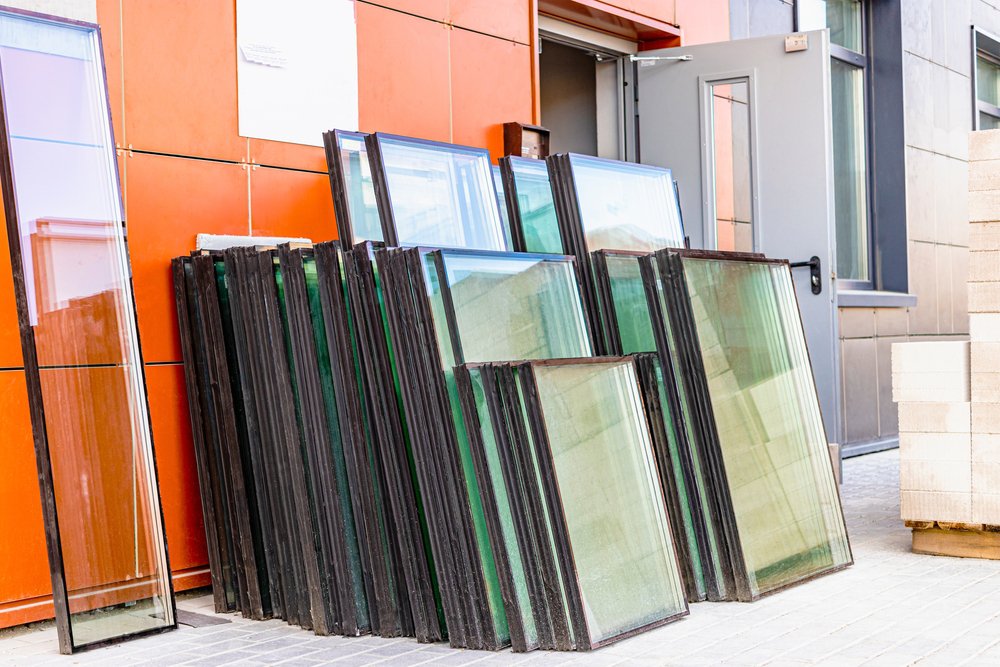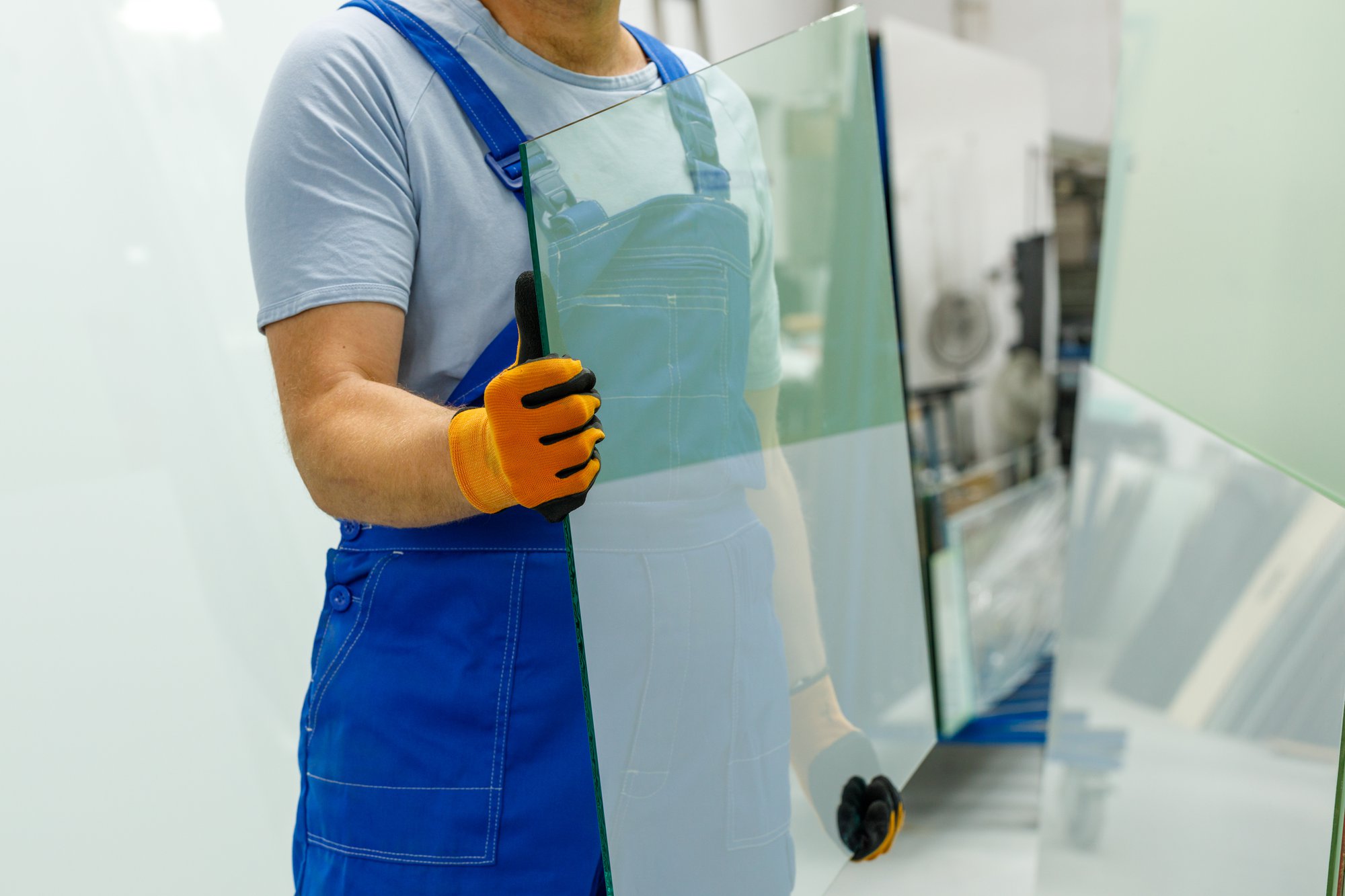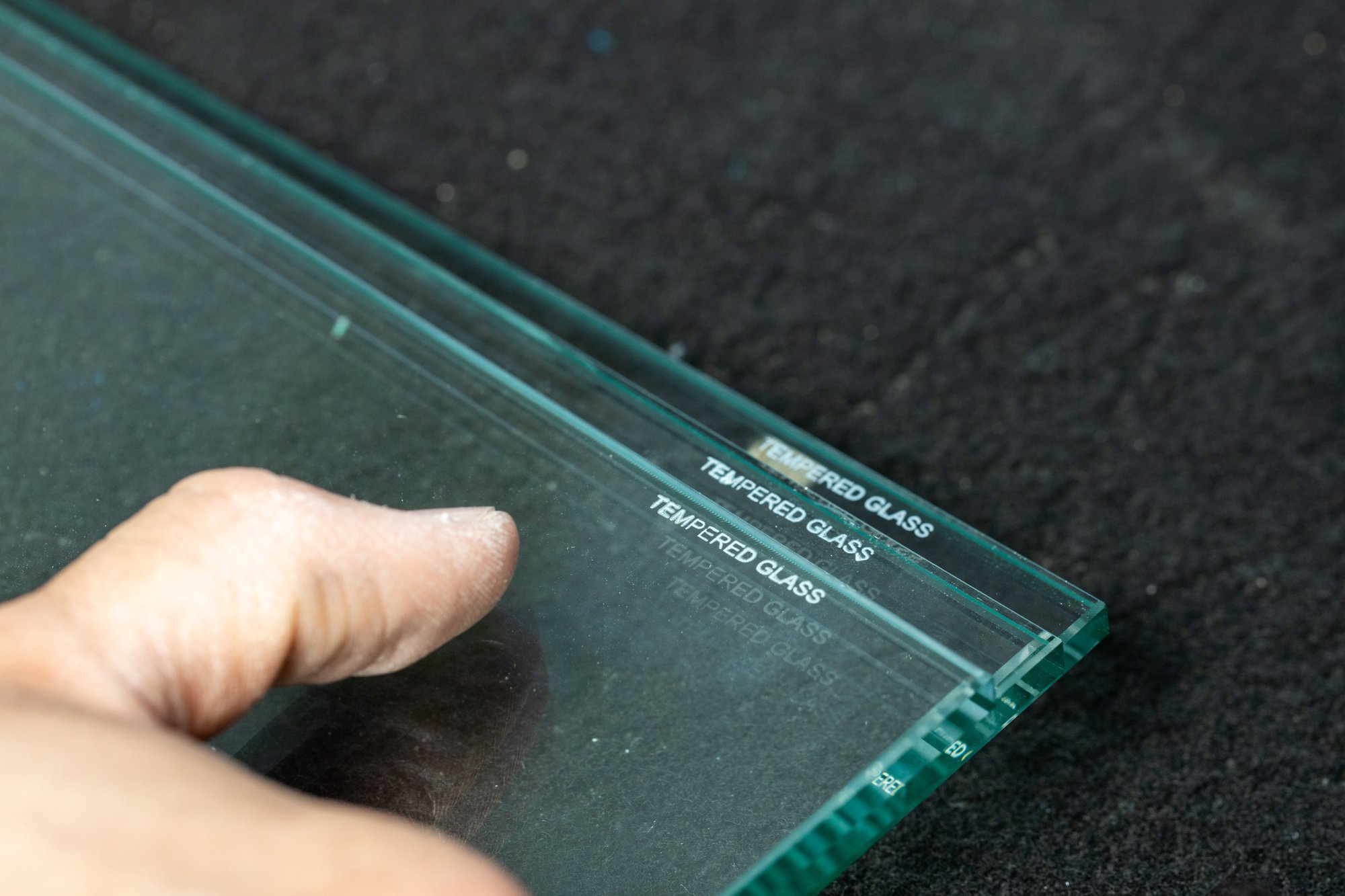Glass manufacturing has undergone a significant transformation with the increasing demand for automated IG line options. This shift has propelled the industry towards innovative solutions that prioritize efficiency, cost-effectiveness, and environmental sustainability. This article looks at the impact of automated IG line options on glass manufacturing, analyzing their cost-saving potential, environmental implications, productivity gains, and strategies for effective adoption.

Analyzing the Cost-Saving Potential
The cost-saving benefits of automated IG line options are substantial, revolutionizing the operational efficiency of glass manufacturing. By embracing automation, companies can achieve significant reductions in labor costs, a key factor in industry. This shift allows for the reallocation of human resources to more intricate tasks, enhancing overall productivity and quality control. Furthermore, the streamlined processes enabled by automated IG lines lead to increased production efficiency, ensuring a consistent output that meets the demands of the market.
Reduced Labor Costs
Automation minimizes the reliance on manual labor, mitigating the impact of labor shortages and associated costs. This not only optimizes resource allocation but also reduces the potential for human error, enhancing the overall reliability of the manufacturing process.
Increased Production Efficiency
Automated IG lines facilitate seamless operations, from glass cutting to sealing, resulting in a streamlined workflow that maximizes output while minimizing downtime. This efficiency translates to tangible gains in production capacity and responsiveness to market demands.
Resource Optimization
Automation optimizes the utilization of raw materials and energy, contributing to a more sustainable and cost-effective manufacturing process. This not only reduces waste but also aligns with environmental sustainability goals, a crucial consideration in today's conscientious market.
Examining the Environmental Impact
The adoption of automated IG line options in glass manufacturing not only yields cost-saving benefits but also significantly impacts environmental sustainability. By emphasizing energy efficiency and reducing the carbon footprint, these automated solutions align with the industry's commitment to eco-conscious practices.
Energy Efficiency
Automated IG line options are designed to optimize energy consumption throughout the manufacturing process. By leveraging advanced technologies, these systems minimize energy waste, contributing to a more sustainable operational framework. This focus on energy efficiency not only reduces operational costs but also aligns with environmental regulations and industry standards.
Reduced Carbon Footprint
By streamlining processes and minimizing waste, these solutions contribute to a more sustainable approach to glass manufacturing. This not only enhances the company's environmental stewardship but also resonates with consumers and stakeholders who prioritize eco-friendly practices.
Comparing Productivity Gains
The implementation of automated IG line options yields substantial productivity gains, redefining the efficiency and output capacity of glass manufacturing processes. By comparing these gains, it becomes evident that automation significantly enhances operational performance, lead times, and quality control.
Increased Output
Automated IG line options enable a notable increase in production output, meeting the escalating demands of the market with enhanced efficiency. This heightened output capacity positions manufacturers to respond promptly to customer requirements, thereby strengthening their competitive edge in the industry.
Reduced Lead Times
The streamlined processes facilitated by automated IG line options result in reduced lead times, optimizing the production cycle from order placement to delivery. This accelerated turnaround not only satisfies customer expectations for timely delivery but also fosters stronger relationships with clients, bolstering the company's reputation for reliability.
Enhanced Quality Control
Automation plays a pivotal role in elevating quality control standards within glass manufacturing. By minimizing human intervention in critical processes, automated IG line options mitigate the risk of errors and inconsistencies, ensuring that each unit meets stringent quality benchmarks. This commitment to quality not only enhances customer satisfaction but also reduces the likelihood of rework and associated costs.
Adoption Strategies for Manufacturers
Effective adoption of automated IG line options necessitates a strategic approach that encompasses various considerations, from initial investment to seamless integration with existing systems. By addressing these key factors, manufacturers can optimize the implementation of automated solutions, maximizing their operational benefits and long-term viability.

Initial Investment
The decision to adopt automated IG line options requires a comprehensive evaluation of the initial investment, encompassing the cost of equipment, software, and associated infrastructure. While this may represent a significant upfront expenditure, it is essential to consider the long-term cost-saving potential and productivity gains offered by automation.
Training and Skill Development
A crucial aspect of successful adoption involves providing comprehensive training to personnel, ensuring that they are proficient in operating and maintaining the automated IG lines. This investment in skill development not only enhances operational efficiency but also fosters a culture of continuous improvement within the manufacturing environment.
Integration with Existing Systems
Seamless integration of automated options with existing manufacturing systems is paramount to minimizing disruptions and optimizing overall workflow. This requires meticulous planning and coordination to ensure that the automated solutions complement and enhance the company's existing operational framework.
As the industry continues to embrace automation, anticipated advancements in technology and process optimization are poised to further elevate the capabilities of automated IG lines, offering manufacturers unprecedented levels of productivity and quality control. By strategically navigating these advancements and challenges, manufacturers can position themselves at the forefront of innovation, shaping the future of glass manufacturing. For more information on how automated IG line options can revolutionize your manufacturing processes, visit Insul-Lite Manufacturing.





